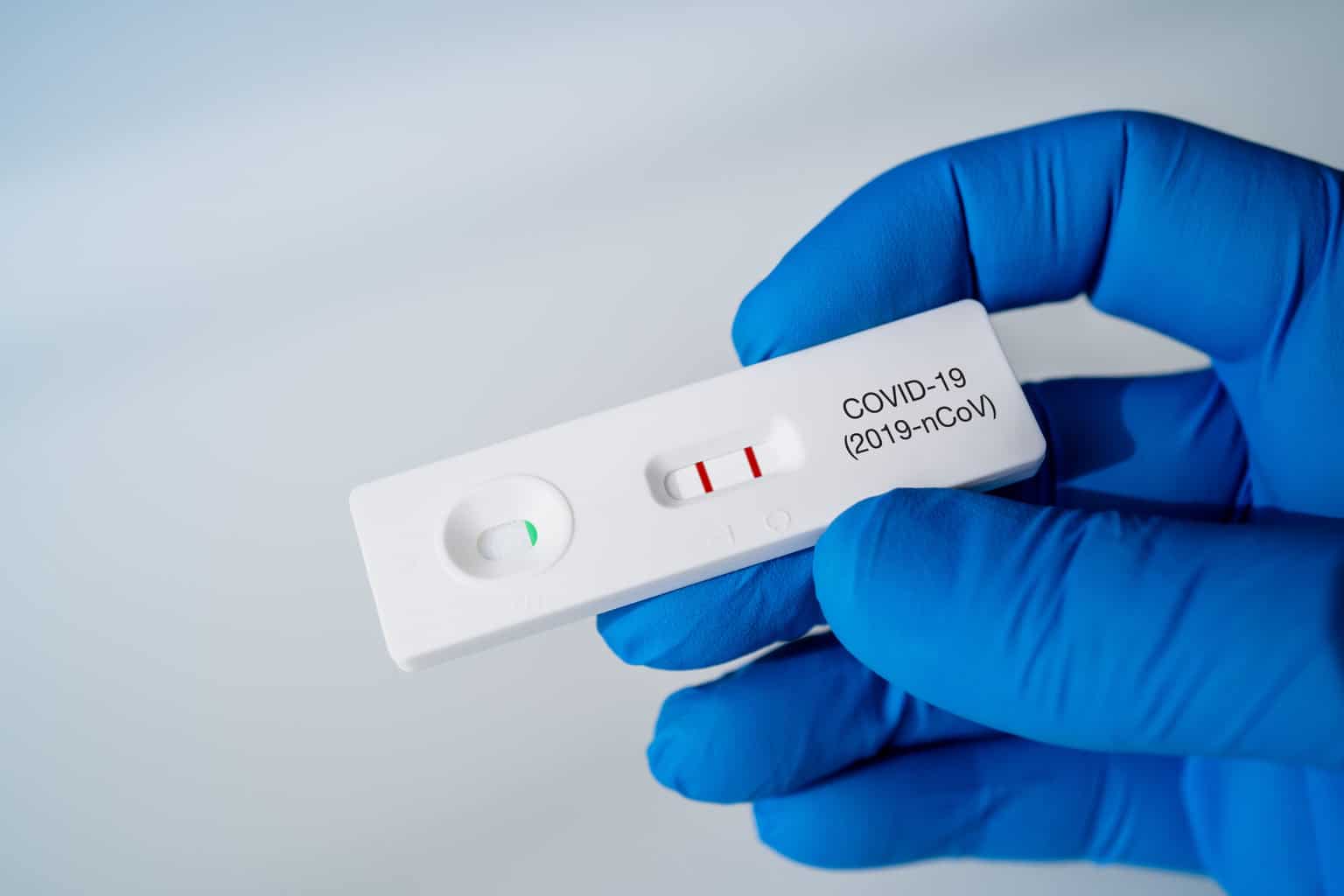The REACH regulation requires companies in the chemicals supply chain to provide their customers with certain information. Some communication is strictly defined (e.g. Safety Data Sheets) while others are freeform. Where the format is not specified, you may choose to use a REACH compliance statement to communicate product compliance to your customer.
What is REACH compliance?
Companies or individuals that import, manufacture, use or place on the market substances, mixtures or articles must be compliant with the REACH regulation. That means if you are based in the European Economic Area (EEA) (including Northern Ireland) or Great Britain (GB), all physical goods must be compliant with the regulation unless an exemption applies.
The legislation does not mandate proof of compliance with documents such as a REACH certificate so how does an actor become compliant with the regulation?
REACH compliance is achieved by identifying all of the regulatory duties that applies to your business operations and then complying with those obligations.
Check out our Ultimate Guide to REACH Compliance to find out more.
Once your product complies with REACH regulation, you can communicate the facts to your customer using a REACH compliance statement.
When not to use a compliance statement
Firstly, there are specific scenarios where a compliance statement is inappropriate because you must supply information in a particular format.

When supplying certain substances, on their own or in mixtures
Article 31
You must supply a Safety Data Sheet (SDS) if any of these criteria are met;
- You are supplying a substance or mixture that meets the criteria for classification as hazardous per the CLP regulation; or
- You are supplying a substance that is persistent, bioaccumulative and toxic or very persistent and very bioaccumulative in accordance with the criteria set out in REACH Annex XIII; or
- You are supplying a substance that is on the Candidate List.
Safety Data Sheets must comply with the requirements defined in REACH Annex II.
When to use a compliance statement
When supplying certain substances, on their own or in mixtures
Article 32
A supplier must communicate the following information when an SDS is not required;
- The registration number, if applicable, for circumstances where the following information is communicated;
- If the substance is subject to authorisation and details of any authorisation granted or denied in this supply chain; or
- Details of any restriction imposed under REACH Title VIII; or
- Any other available and relevant information about the substance that is necessary to enable appropriate risk management measures.
Additionally, you must update this information, without delay, to customers that you supplied within the previous 12 months;
- as soon as new information which may affect the risk management measures, or new information on hazards becomes available; or
- once authorisation has been granted or refused; or
- once a restriction has been imposed.

When supplying certain substances contained in articles
Article 33
Suppliers of articles are required to provide information to recipients if the article contains a substance that is on the Candidate List in a concentration greater than 0.1% w/w.
If your customer is an industrial or professional user then this information should be provided on the first supply of that product after the substance has been added to the Candidate List. If your customer is a consumer, then you must provide this information within 45 days of their request.
The name of the substance name must be provided, at a minimum. It is better practice to provide available information that allows the safe use of that article.
When exemptions apply
In some scenarios, you may not be duty-bound to provide any information to your customers such as when exemptions apply. In these circumstances, your customers may appreciate confirmation that the product complies with REACH.
In these scenarios, we recommend that your REACH compliance statement confirms that an exemption applies and identifies the enacting terms of the REACH regulation that provides the exemption.
Companies based outside of the market
If you are based outside of the market then you do not have any obligations under the REACH regulation. However, it may benefit your customers if you can provide them with the information above to help them maintain compliance with their duties.
What should a REACH compliance statement look like?
We recommend that it;
- Is a letter from your company to your customer(s);
- Is specific to a product or product range;
- Confirms that your company has investigated all possible REACH requirements;
- Confirms any REACH exemptions that apply to your product, if any; and
- Communicates information required in Articles 32 and 33, if any.
Need help with chemical legislation compliance?
Speak with a regulatory expert for FREE.






